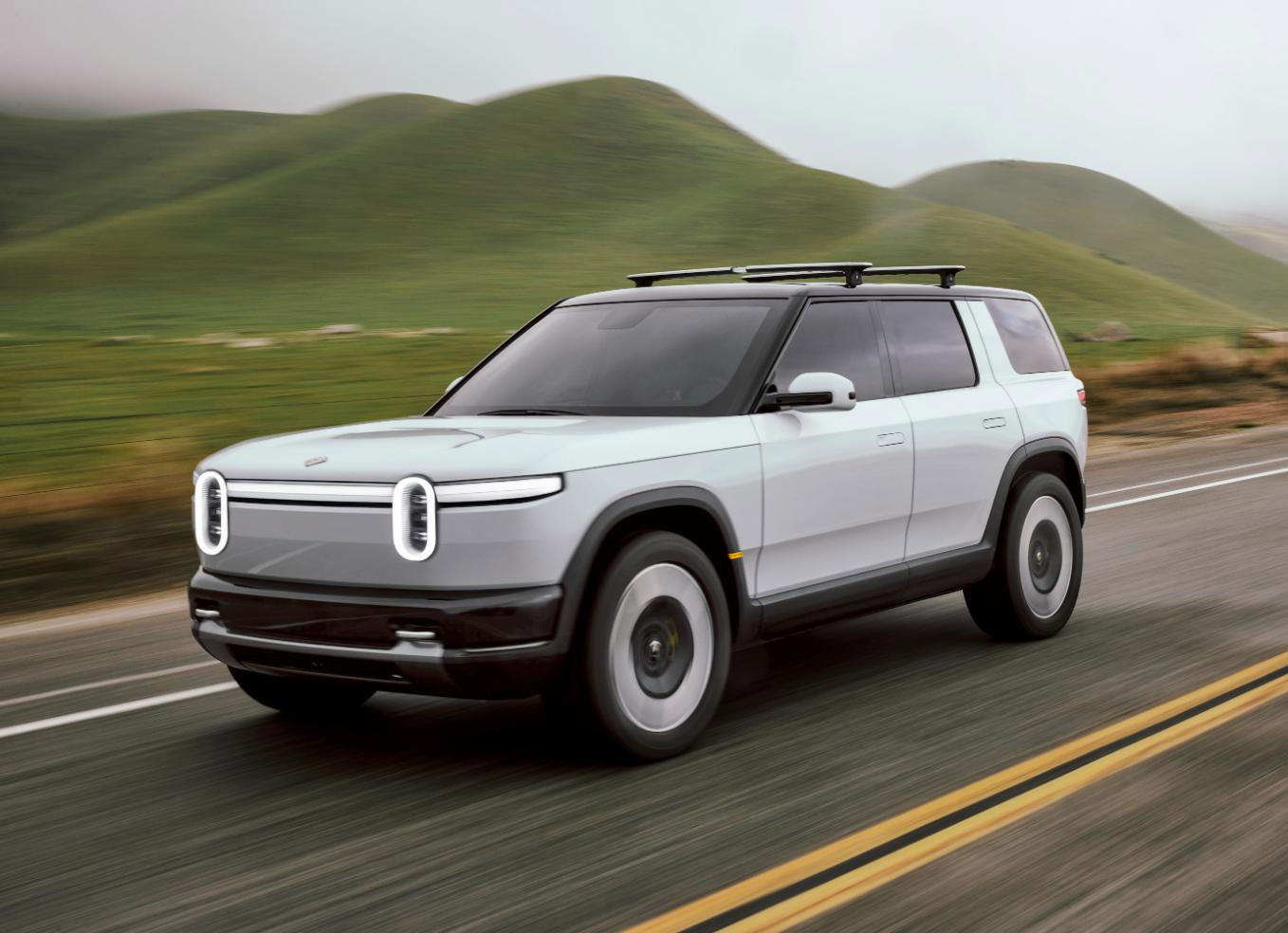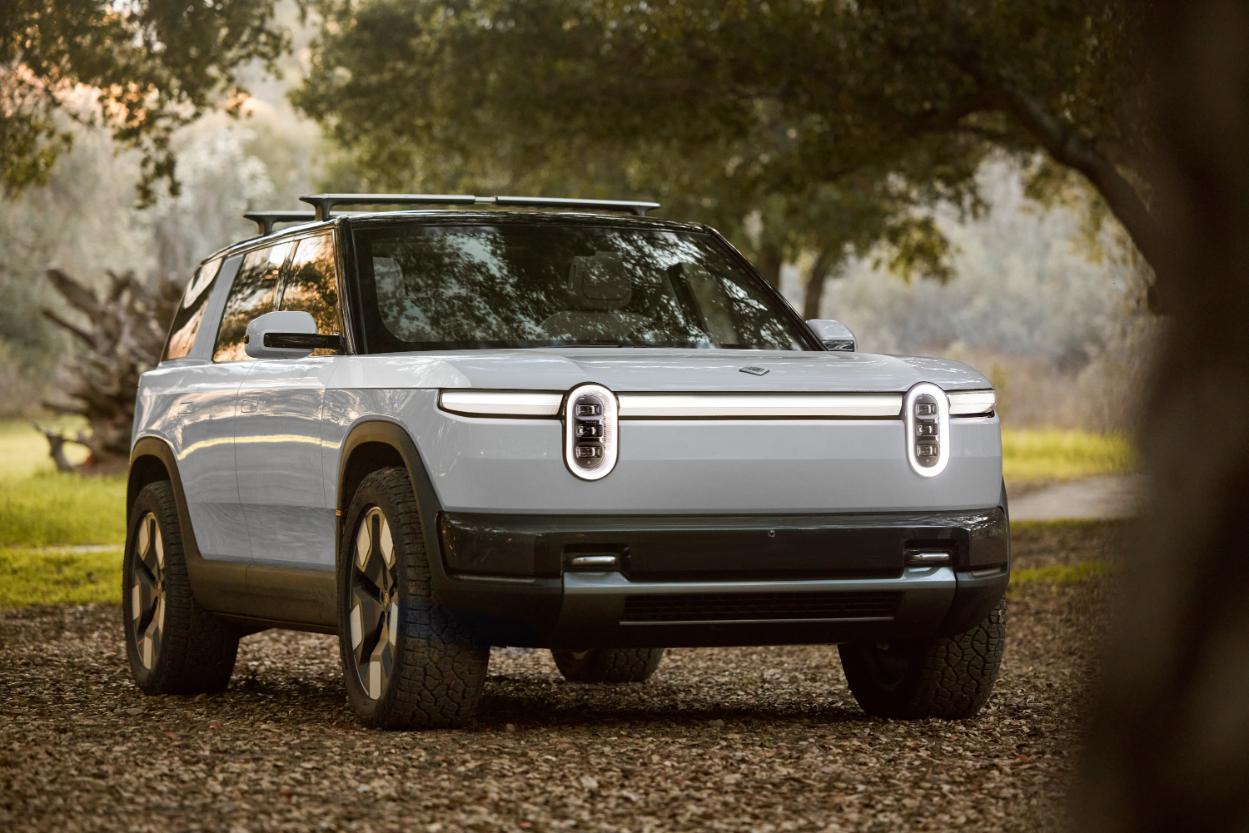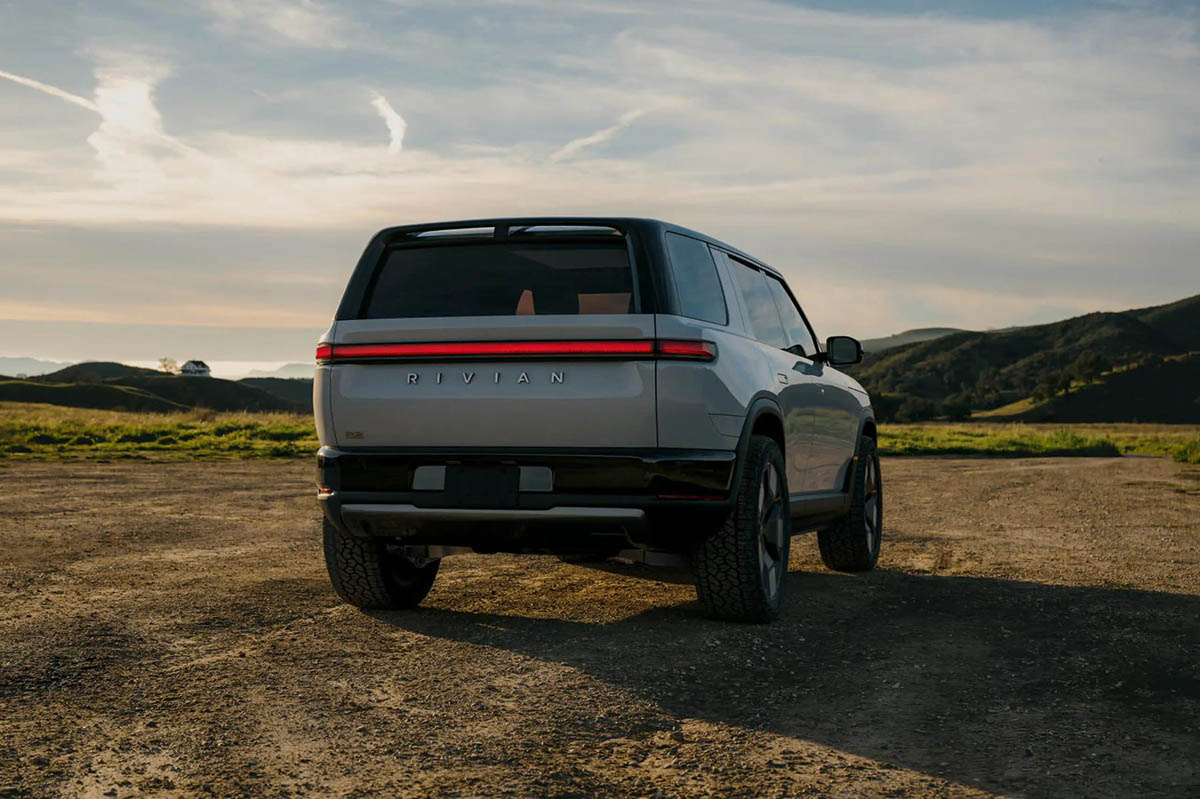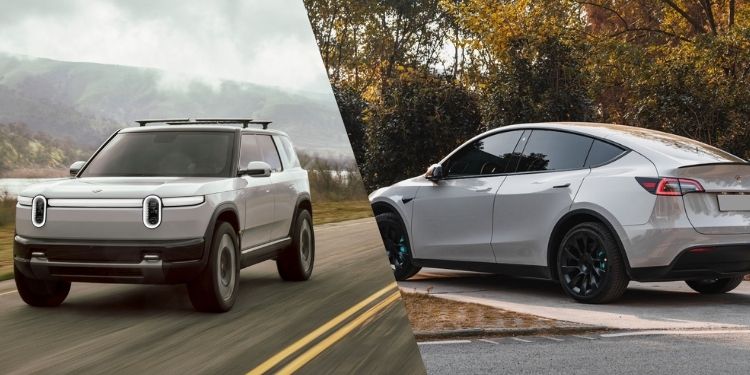Rivian is experiencing a surge in investor interest following the unveiling of its more affordable R2 electric SUV, along with the retro-modern R3 and R3X compact crossovers. The start-up’s shares jumped 13% on the news.
Jeff Hammoud, Rivian’s chief design officer, provided some additional insights into the R2 and R3 models at the event in California. Contrary to the R1S and R1T, the R2 will not feature air suspension. The R1 models boast independent air suspension, offering 6.5 inches of vertical travel, with a minimum setting of 7.9 inches and a maximum of 14.4 inches.
See also: Rivian R2 Accessories: Enhanced Kitchen, Tent, Bike Rack, and More Unveiled

While air suspension is known for improving handling, comfort, aerodynamics, and stability, Hammoud believes the R2 will still be “dynamically better” than the R1 models. The term “dynamically better” could imply improved handling, agility, or on-road performance. The R2’s smaller size and presumably lighter weight are expected to contribute to its enhanced dynamics.
Despite the absence of air suspension, the R2 and R3 appear to cater to outdoor enthusiasts. Both vehicles feature separate ports above the trailer hitch for quickly mounting bike racks, storage boxes, and other accessories. The locking port provides power to the accessory for brake lights and can be stored in the frunk without the need for tools.
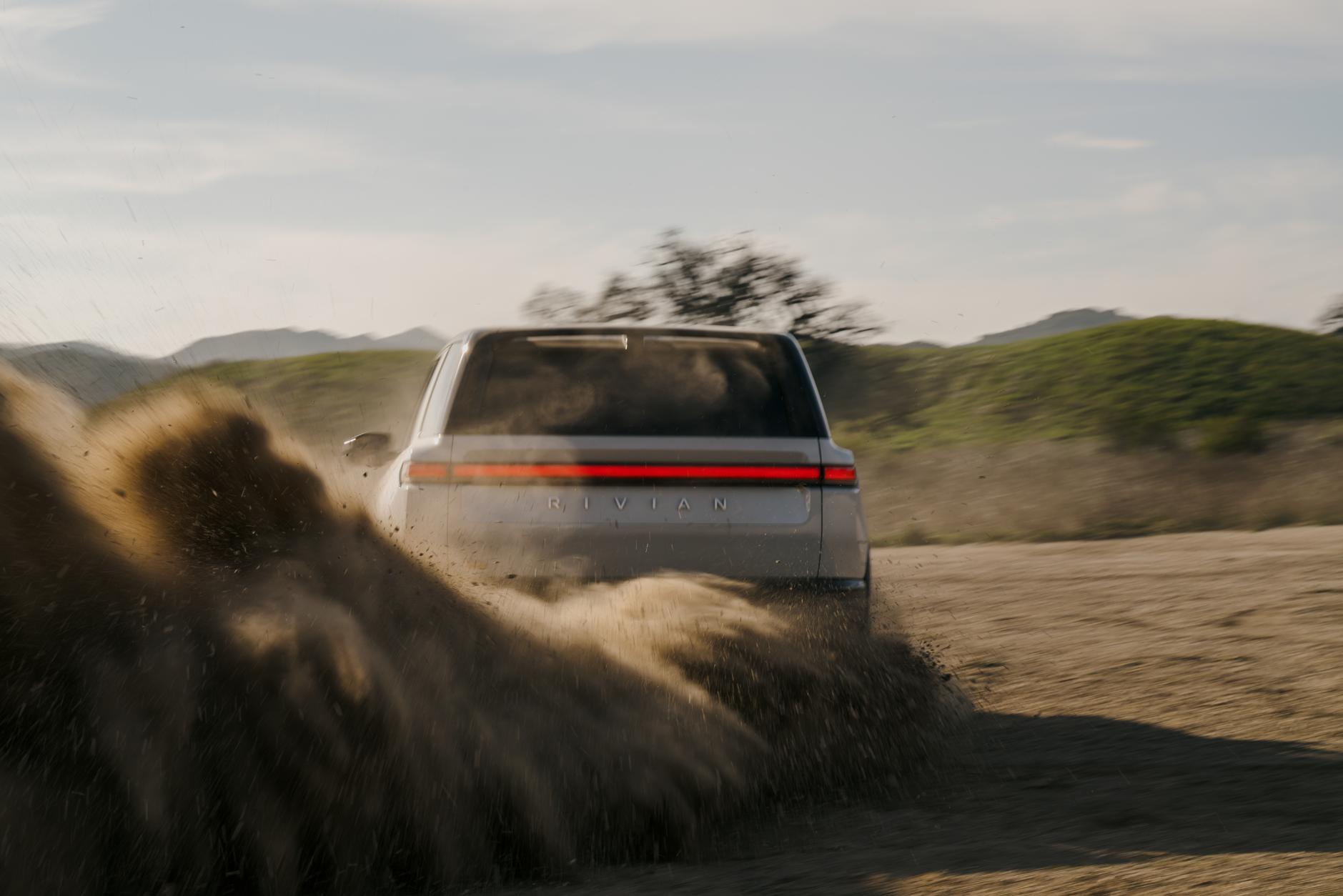
The R2 also inherits some features from its larger sibling, the R1T. It includes a fold-out tray in the trunk for seating and will offer a camp kitchen, although its design will differ from the original unit on the R1T. Hammoud suggested that the camp kitchen would be compatible with all Rivian models and possibly other vehicles, indicating that it will likely be a standalone external accessory rather than a flush-mounted unit behind the rear seats.
The R2 is scheduled for release in 2026, and further details about its performance and features are expected to be revealed closer to its launch.

